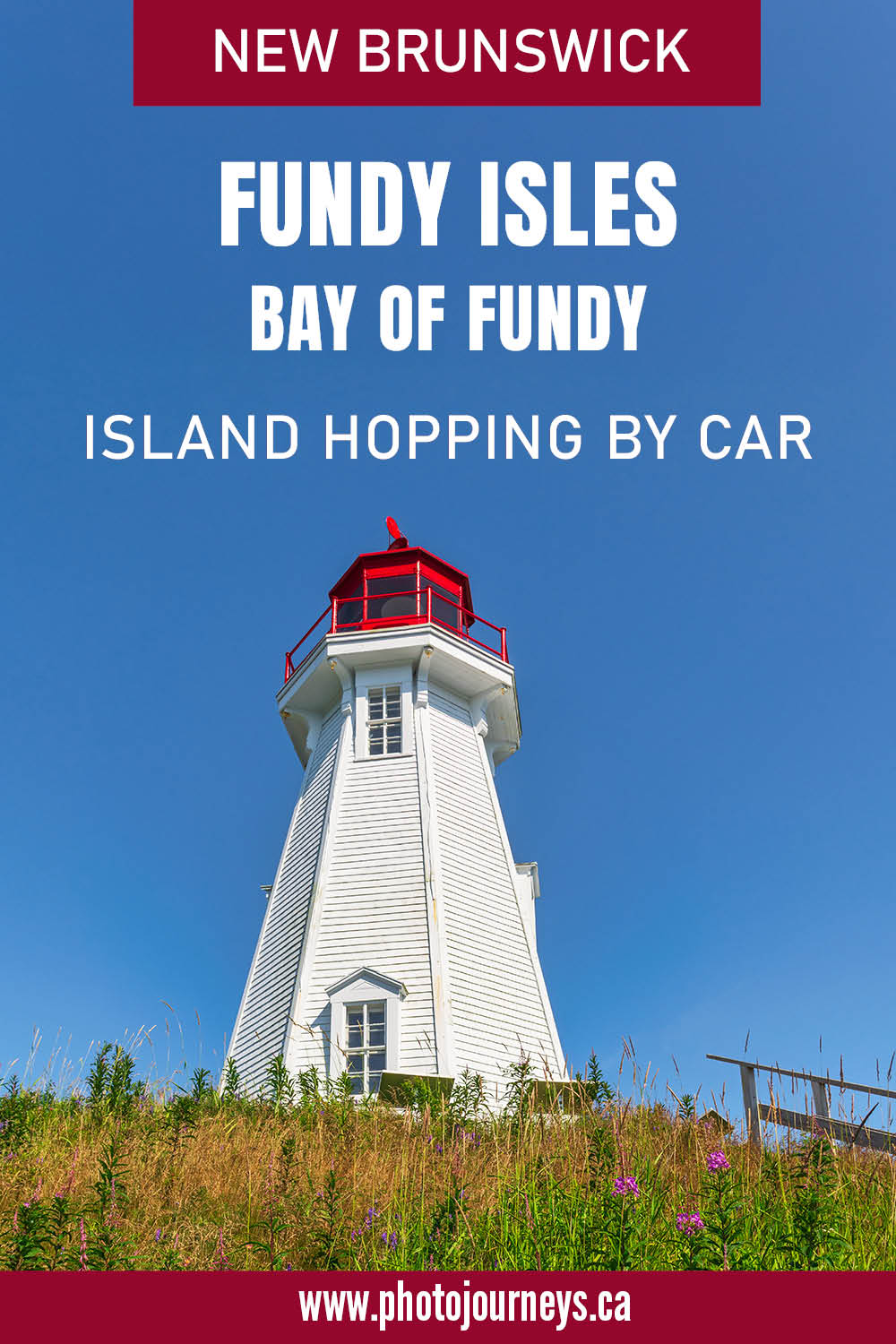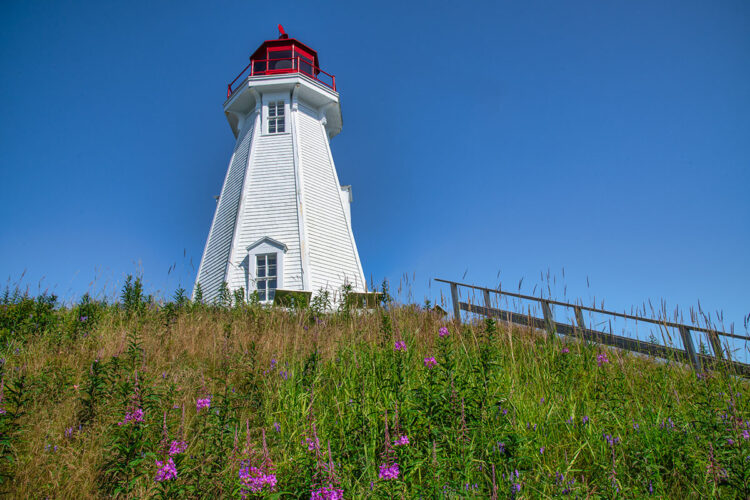
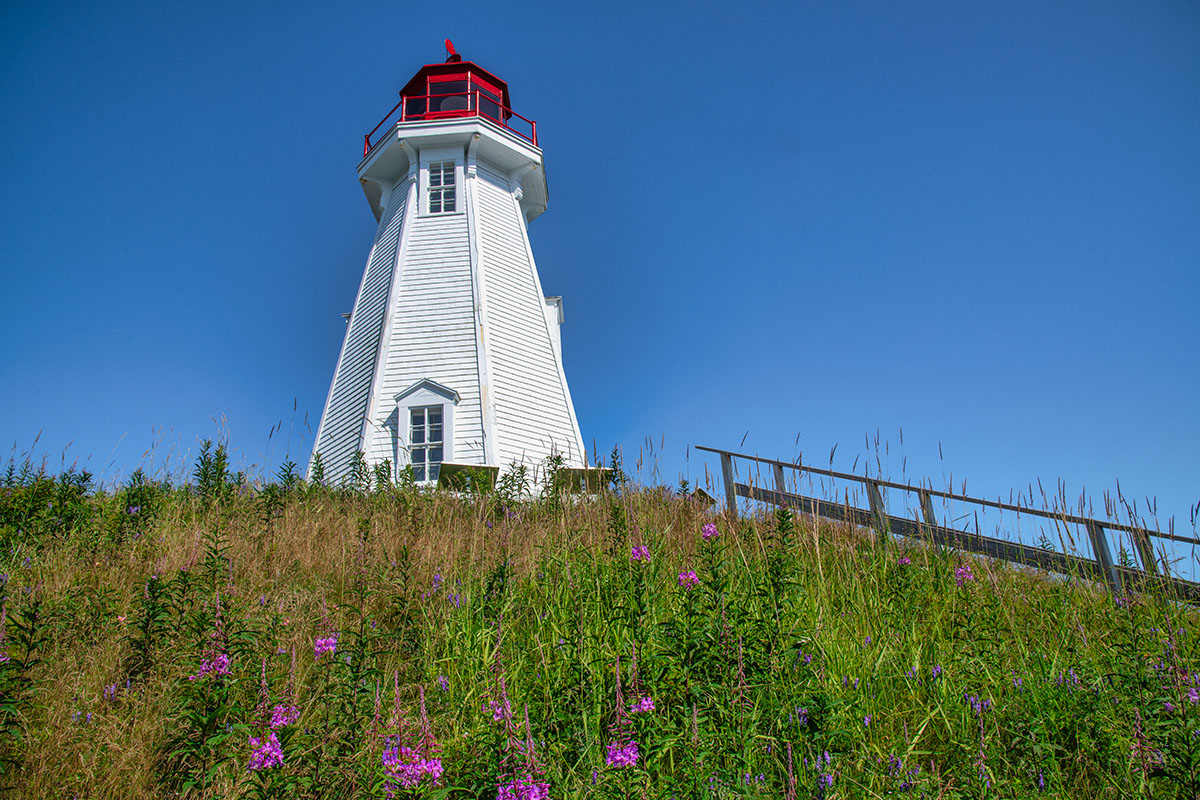
Island hopping is fun anytime, but when you can do it conveniently and fairly inexpensively in your own car, all the better. A great place for such a trip is through Deer Island and Campobello Island, part of the Fundy Isles off the southwest coast of New Brunswick in the Bay of Fundy. What’s not to like when you can combine captivating island scenery with an unusual history, intriguing names such as Chocolate Cove or Old Sow, and the best ice cream anywhere? We can even return by an alternate route, making for a wonderful loop road trip.
Deer Island
Deer Island is the easiest island to visit, with a 20-minute long ferry ride. The best part? There’s no cost to take the ferry. It leaves the mainland from L’Etete, about 80 km west of Saint John several times per day on the hour and half-hour.
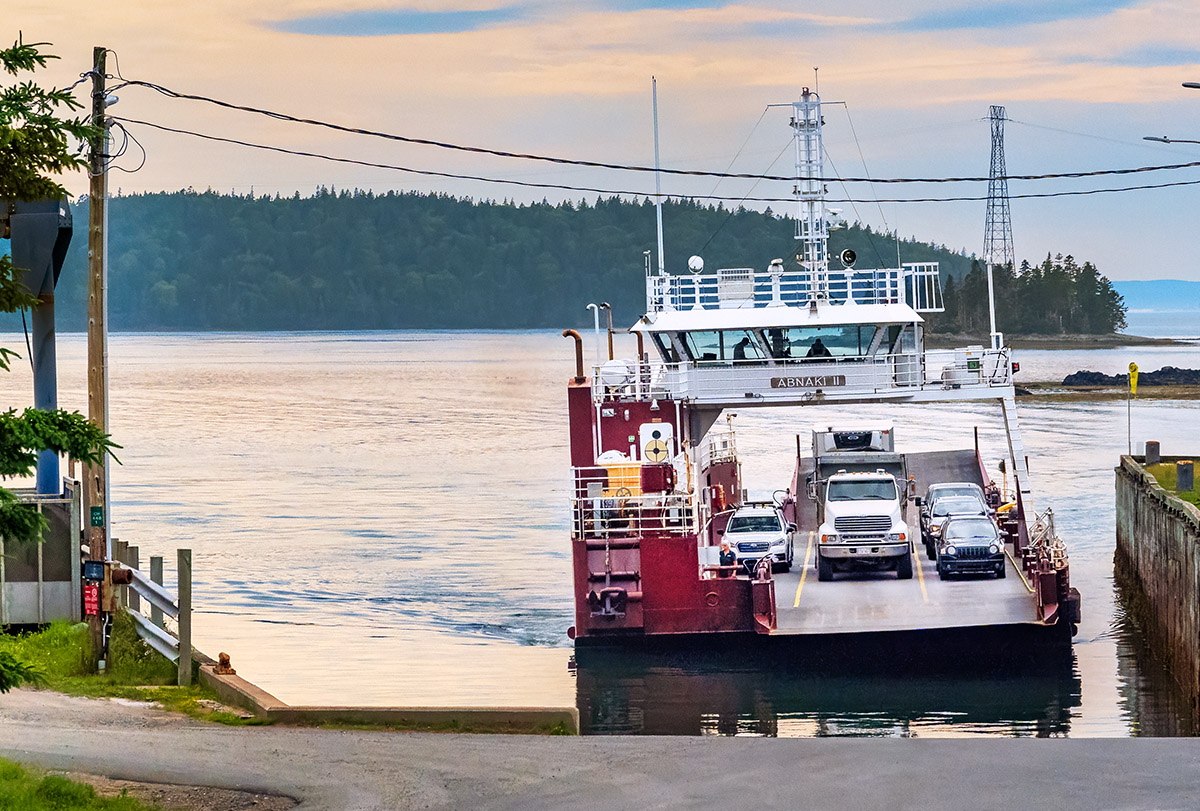
About 12 km long, this is the smallest of the inhabited Fundy Isles, and with just 800 or so residents scattered around the island, it has an uncrowded, easy-going feel where nature still dominates. To get even closer to nature, we can walk nature trails such as in the Clark Gregory Nature Preserve in Chocolate Cove where paths wind along forested areas, wetlands, meadows, and parts of the coastline.
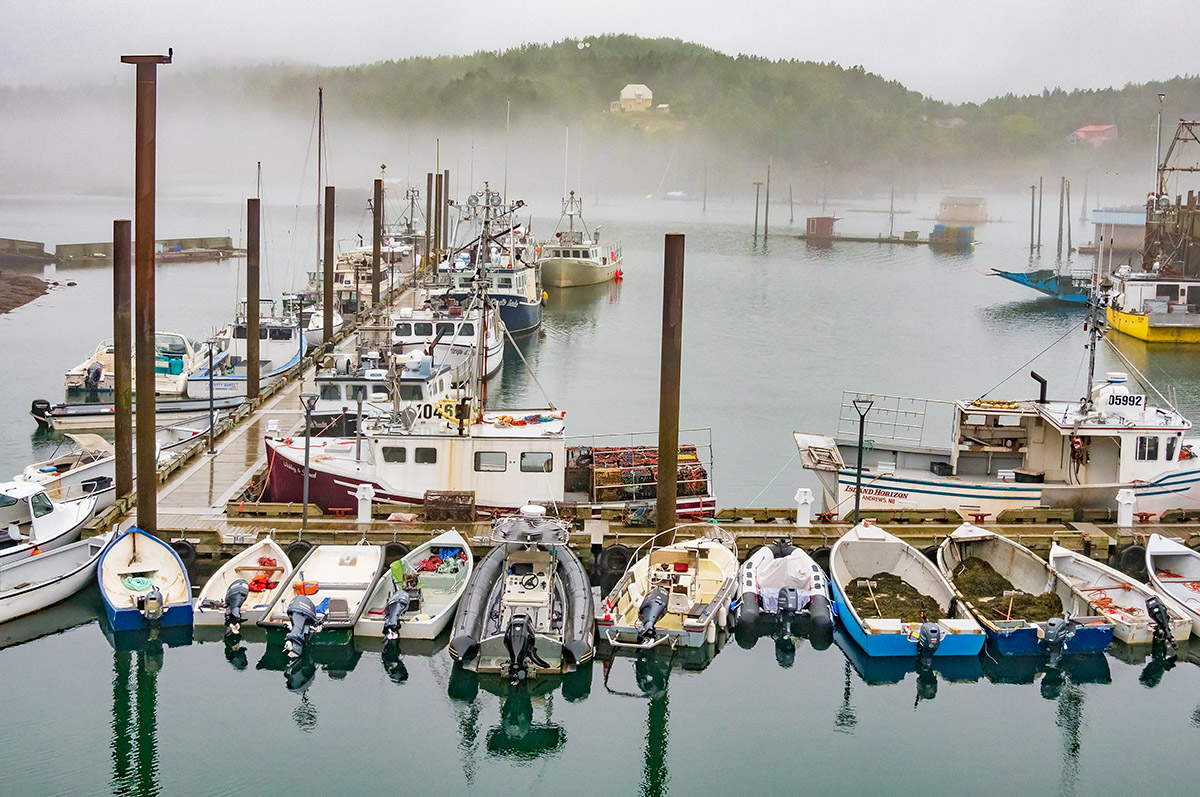
Driving around the island takes us to several top scenic spots. Since fishing fuels the economy, we find small fishing communities and boats dotting the island. A famous site is Old Sow Whirlpool, the largest tidal whirlpool in the Western Hemisphere and the second largest in the world. It’s caused by the Bay of Fundy tides, the highest in the world, passing through a narrow passage, mixing with countercurrents and then turning at right-angles around Deer Island Point near the southern tip of the island.
It’s most active about three hours before high tide. Stories abound about vessels getting caught in the maw, and sinking schooners and cargo freighters being sucked into the frightful holes. But why is it called Old Sow? You won’t see a pig swirling around in the water. While the exact origin of the name has been lost in time, it is thought to have originated with the word “sough”, which was once used to refer to a drain or outlet channel. But alas, Old Sow will have to wait until our next visit since the whirlpool was hidden in thick fog when we went.
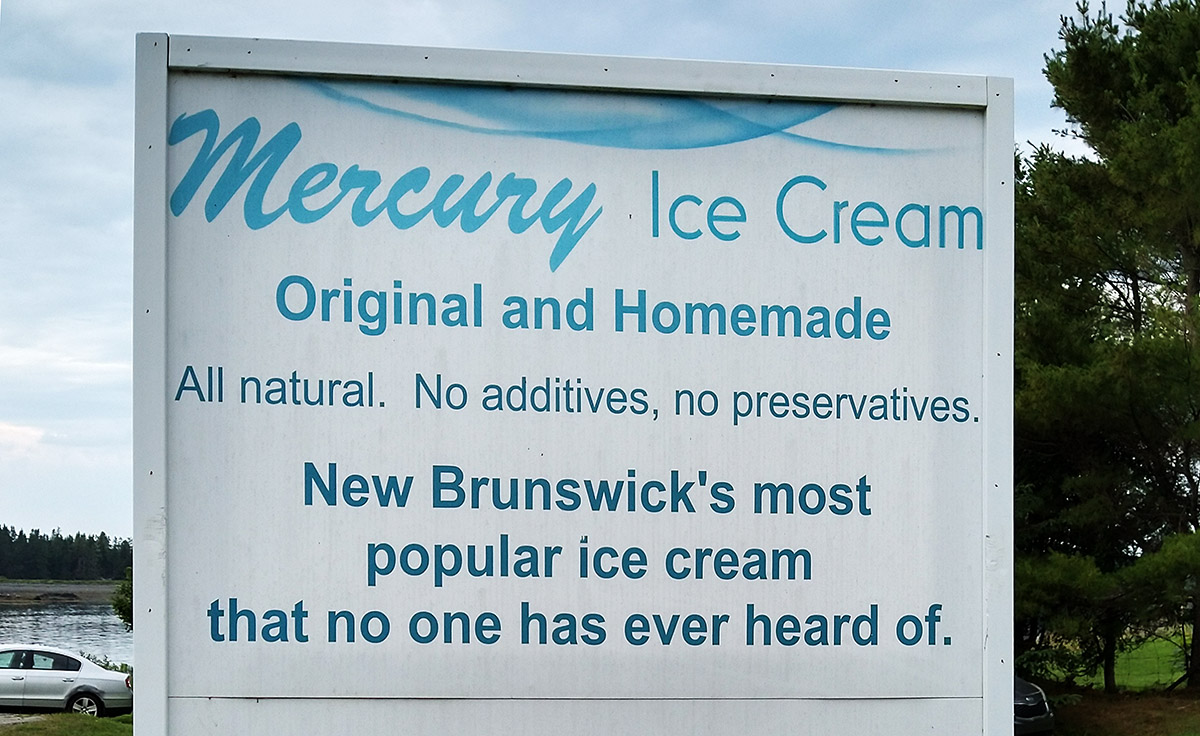
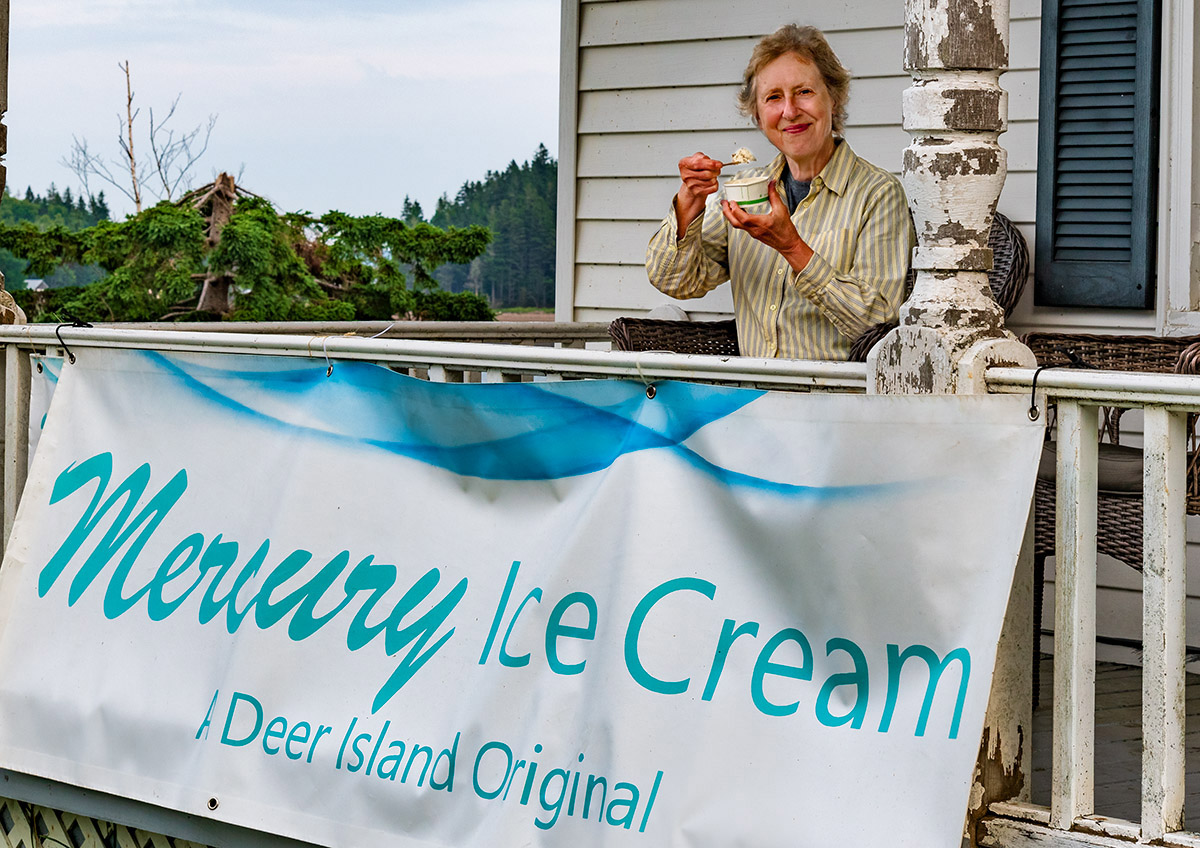
Another island specialty not to be missed is Mercury Ice Cream. When we were lined up to take the ferry from L’Etete, we saw a sign that said “New Brunswick’s most popular ice cream that no one has ever heard of”. Naturally, we had to investigate. We discovered that not only did it live up to its billing, but it ranked among the best ice creams we have had anywhere.
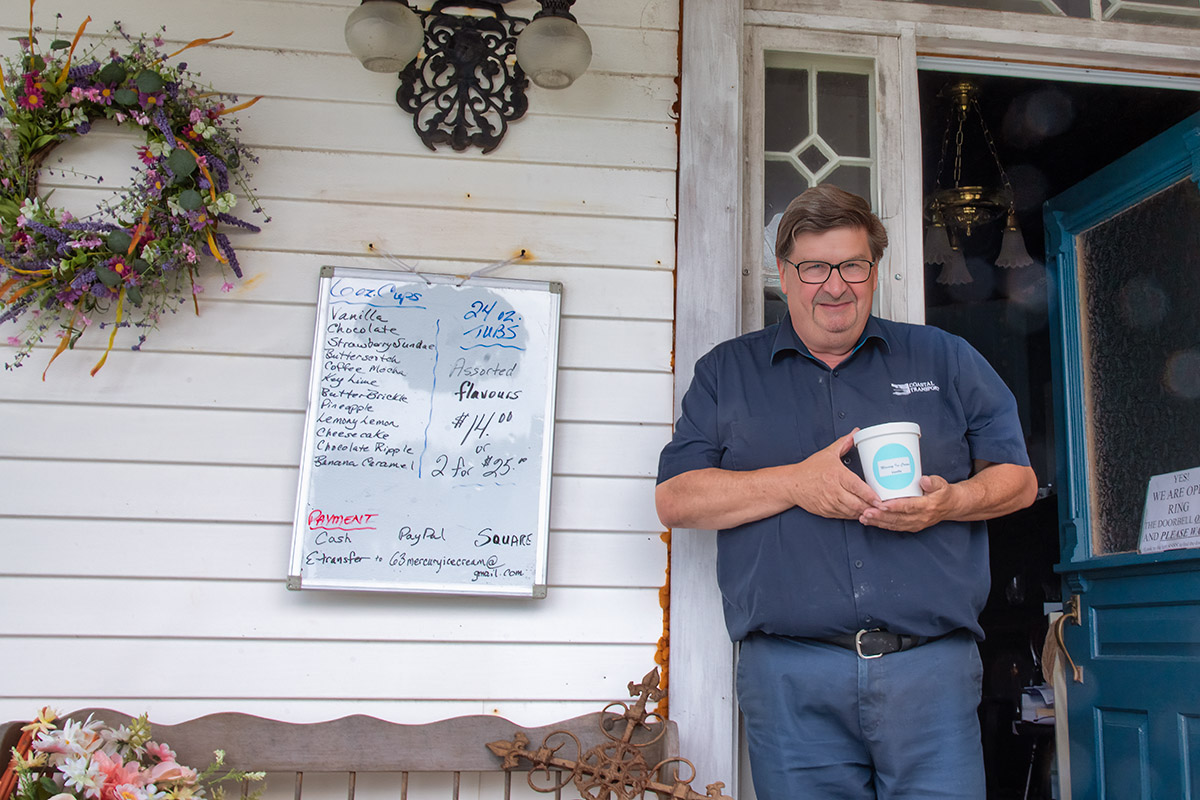
It’s a small operation where owners Paul and Lori handcraft it in their home. They use real cream and all-natural ingredients, including locally-grown seasonal fruit such as strawberries, blueberries and rhubarb. They even make their own maple fudge, butterscotch, and cookies for ice cream sandwiches. While their ice cream has become famous locally, you won’t find it outside of a few select shops in southwest New Brunswick.
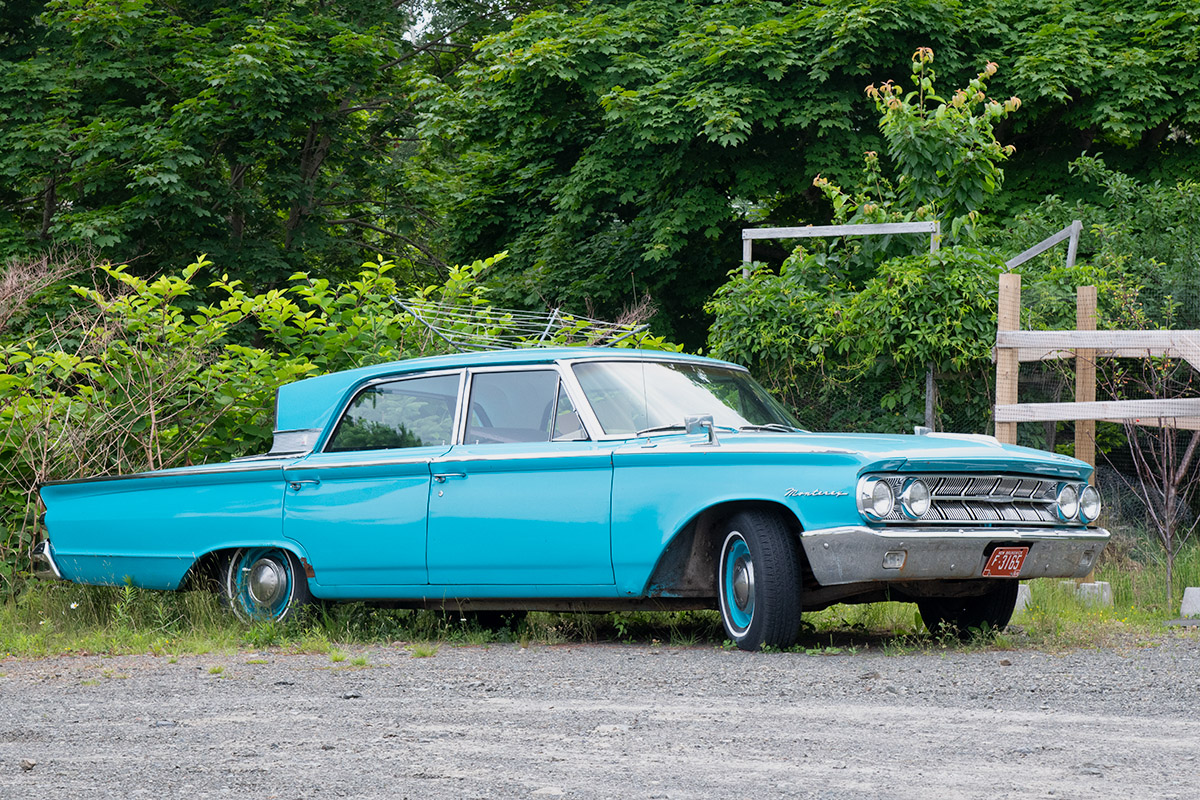
We asked Paul why they decided to call it Mercury. He pointed to his restored 1963 Mercury Monterey sitting in the backyard. “It harkens back to a time when ice cream actually tasted like ice cream.”
Deer Island has a handful of places to stay. We stayed at the comfortable Homeport Suites (complete with innovative lobster trap chairs), which is also home to the Cap Sill Restaurant, known for seafood. If you’re camping, Deer Island Point Park has nicely situated campsites overlooking Old Sow Whirlpool.
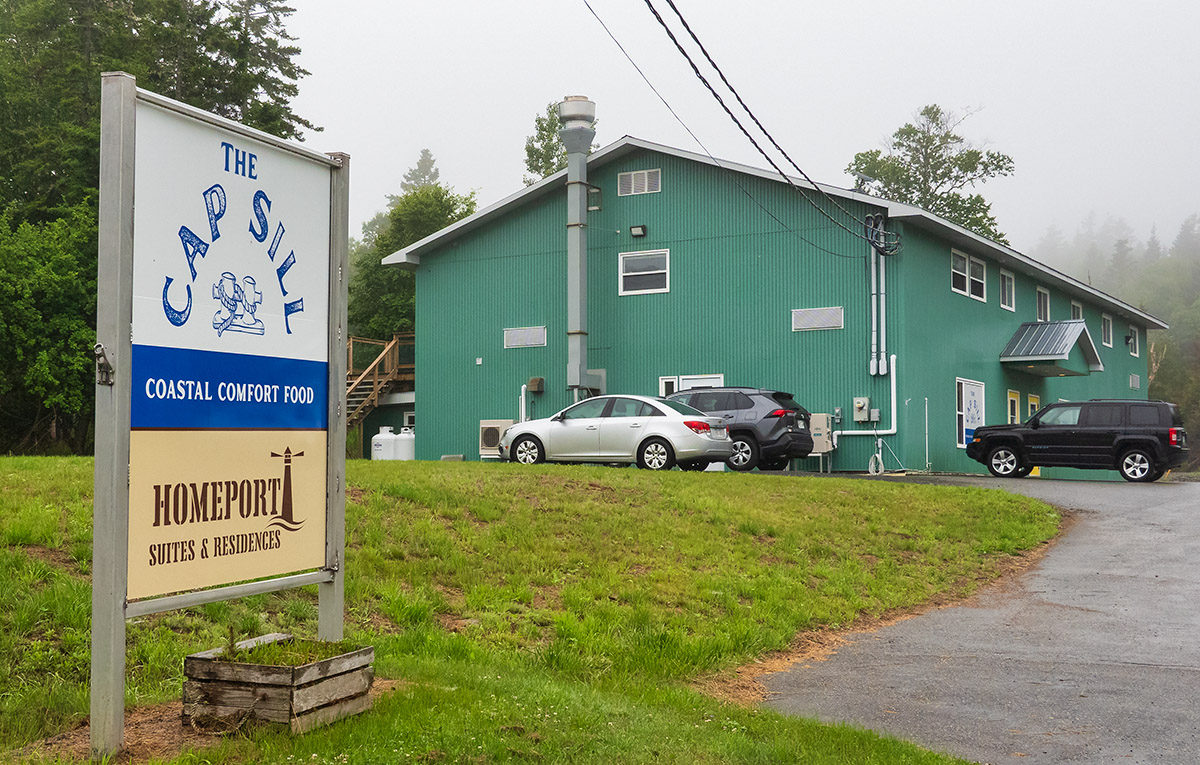
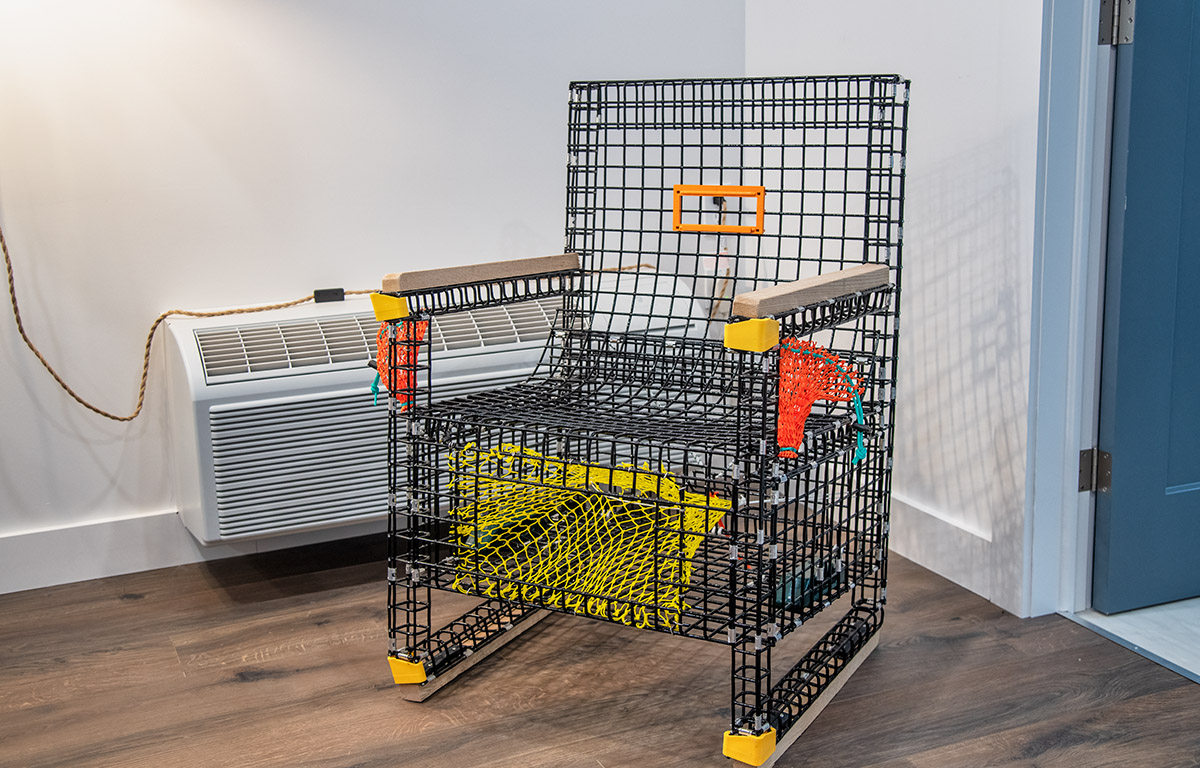
Campobello Island
Another ferry takes us from Deer Island to Campobello Island. This one has a toll of $25 for the car and driver and $5 for each additional passenger.
The welcome sign to Campobello calls it “FDR’s Beloved Island”. FDR refers to Franklin Delano Roosevelt, the US President who had a summer home here for many years. Campobello had such a long and strong association with Roosevelt that in 1964 close to a third of the island was made into the Roosevelt Campobello International Park.
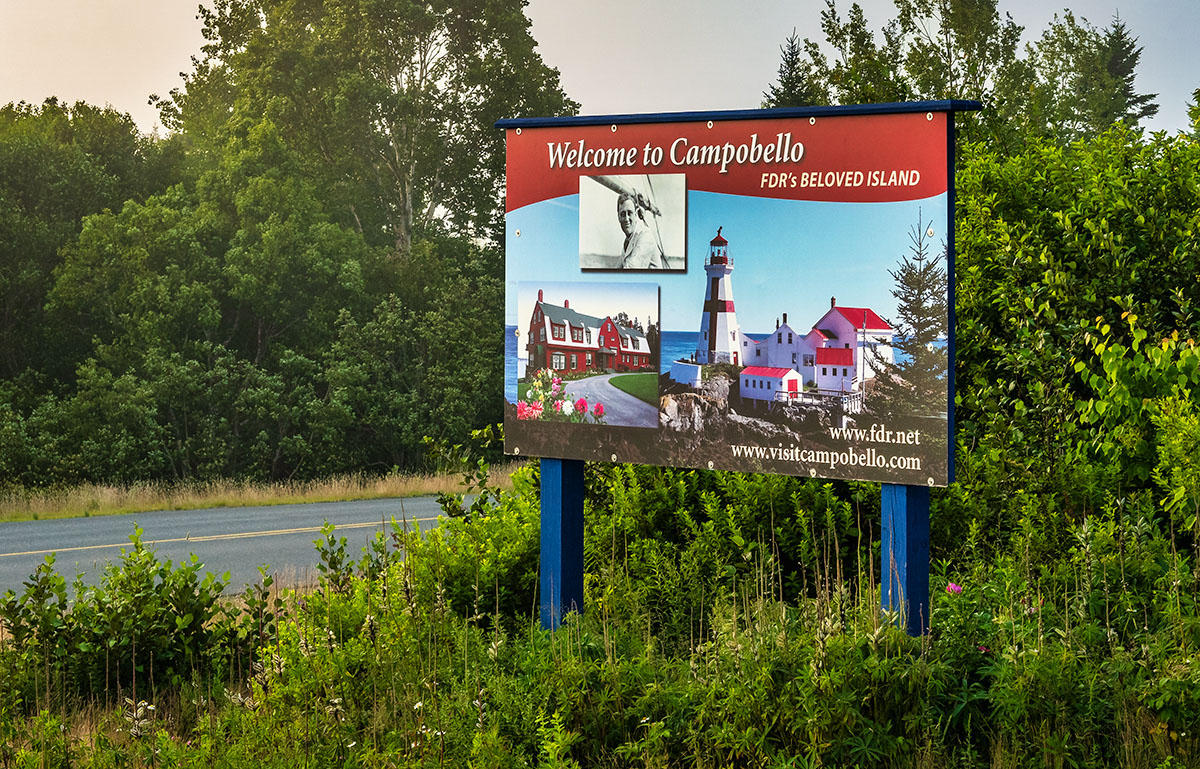
It’s an unusual park, formed by a special treaty between Canada and the United States. Both countries share in its ownership, operation, funding, and staffing. Admission is free. A theme throughout the park is the friendship, shared values, and cooperation between the two countries, which seems like a nostalgic notion in today’s political climate.
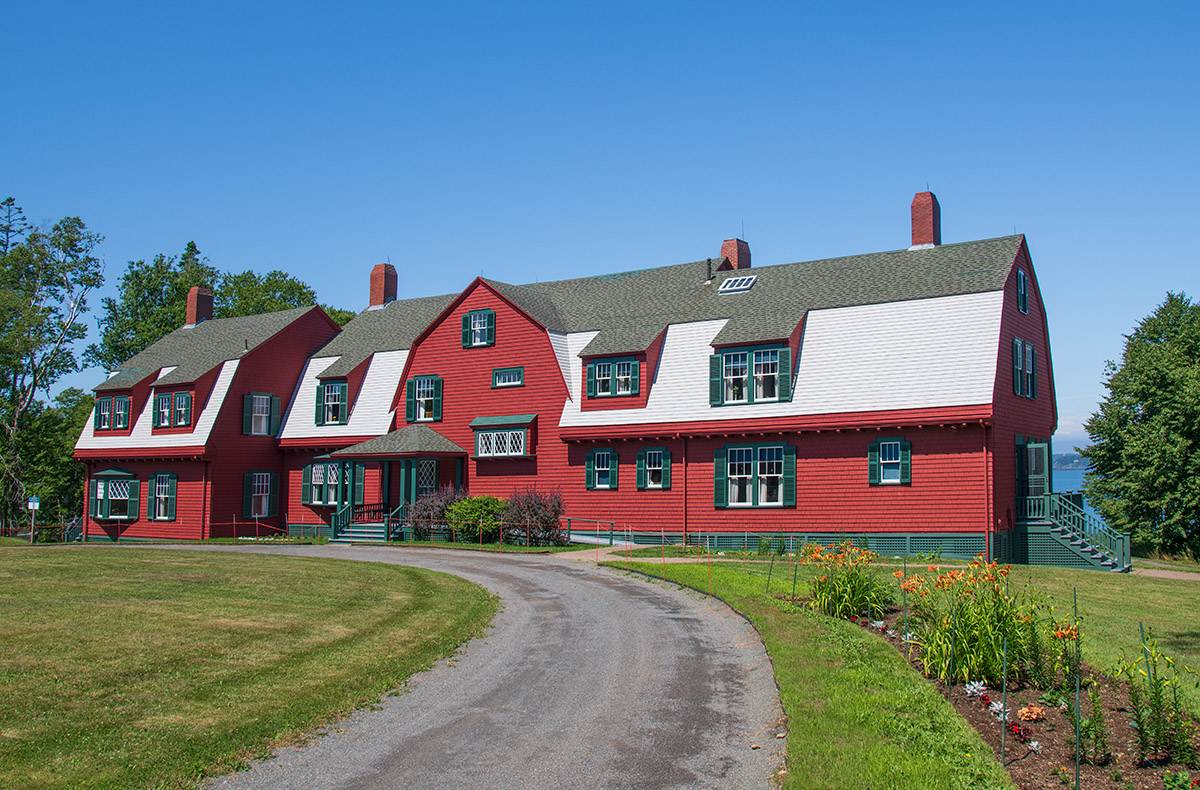
The park’s visitor centre sets the scene, plus we can tour the 32-room “cottage” complete with original furnishings used by the Roosevelt family, and a few other historic buildings. A unique presentation is called “Tea with Eleanor” where we can relax with tea and cookies while park interpreters relate the fascinating history of Eleanor Roosevelt. Besides being the wife of the president, she was a political force in her own right, serving in different capacities including Chair of the United Nations Commission on Human Rights.
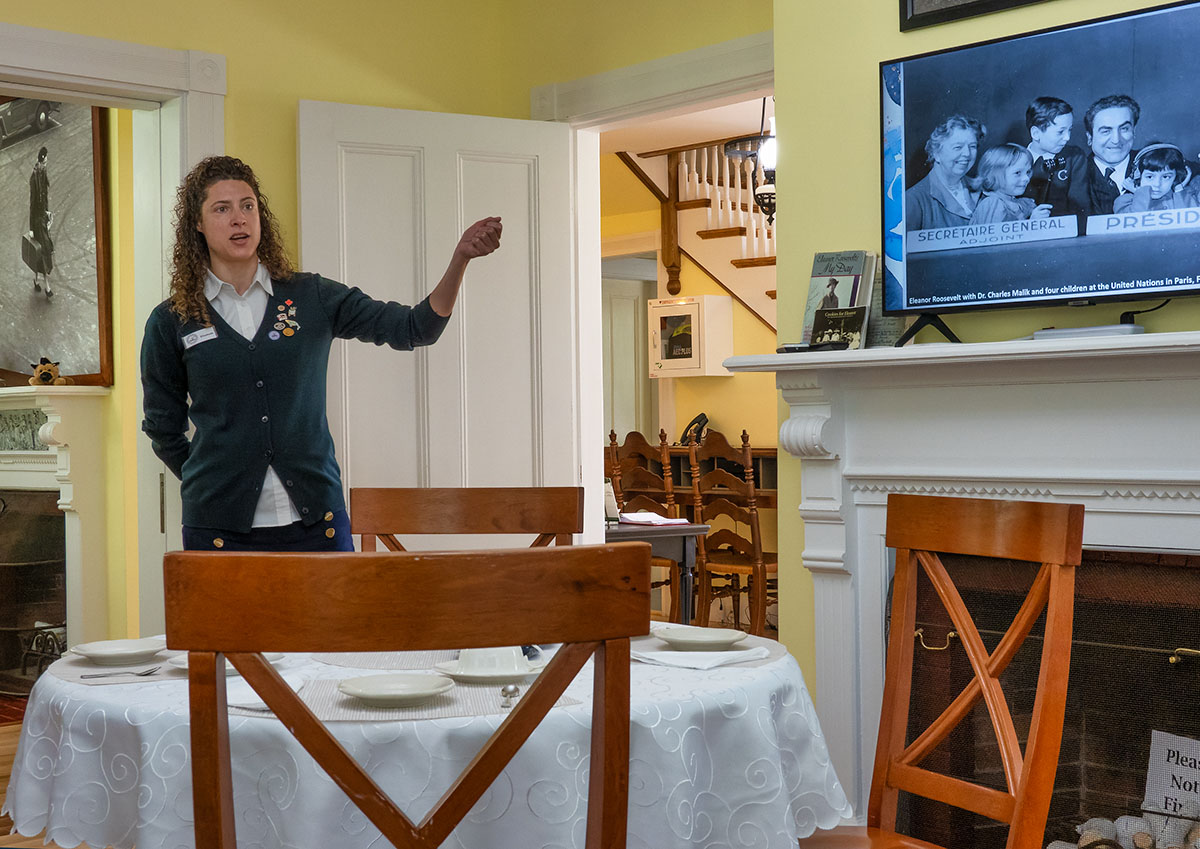
The park encompasses not only the historic buildings but also a huge natural preserve. Other than a few basic roads and a network of walking and biking trails, the park has been left mostly in its natural state. We came here often to enjoy the mix of forest, wild coastlines, beaches, and bogs at different times of the day and in changing light conditions. The road in places is like driving through a tunnel of dense forest, emerging on the coast at spots with magnificent views such as at Raccoon Beach and Liberty Point.
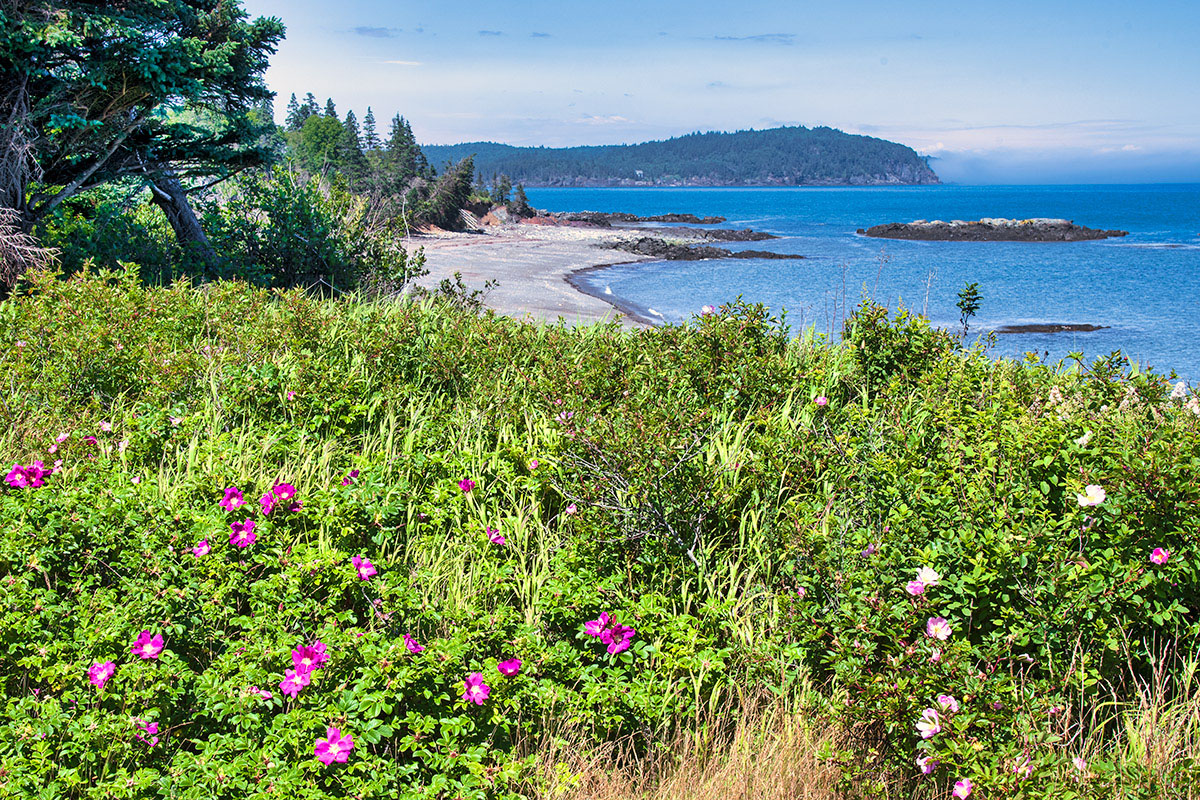
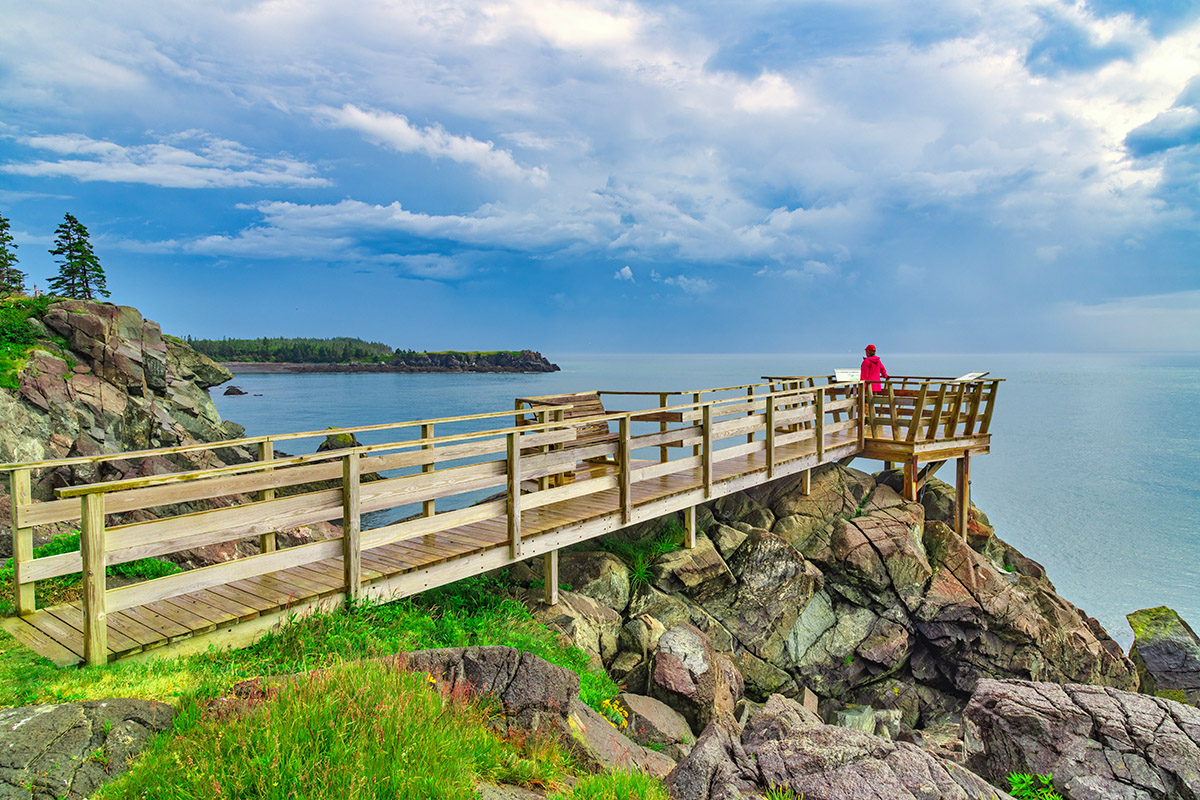
The rest of the island is just as scenic with rocky cliffs and coves, picturesque fishing villages, and two impressive lighthouses at opposite ends of the island. Campobello has a significant history in addition to its Roosevelt connection. For example, the library in the Community of Welshpool is the second oldest in Canada.
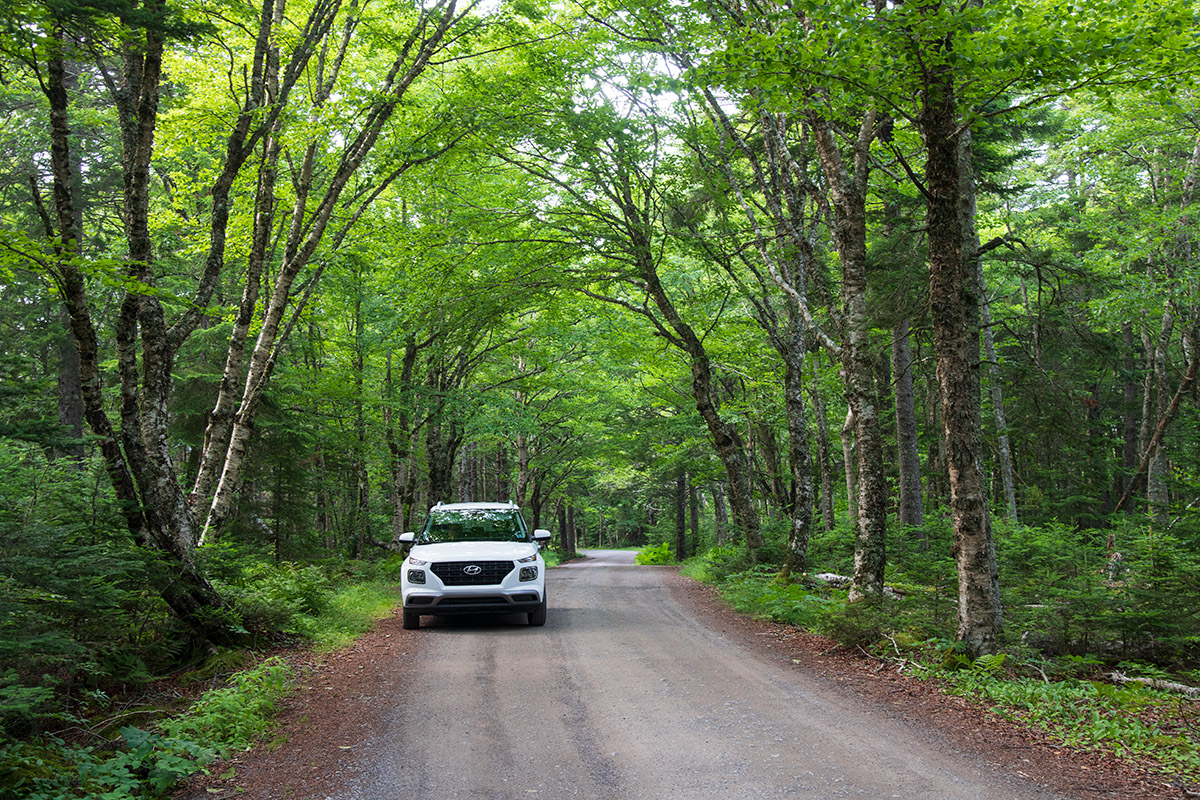
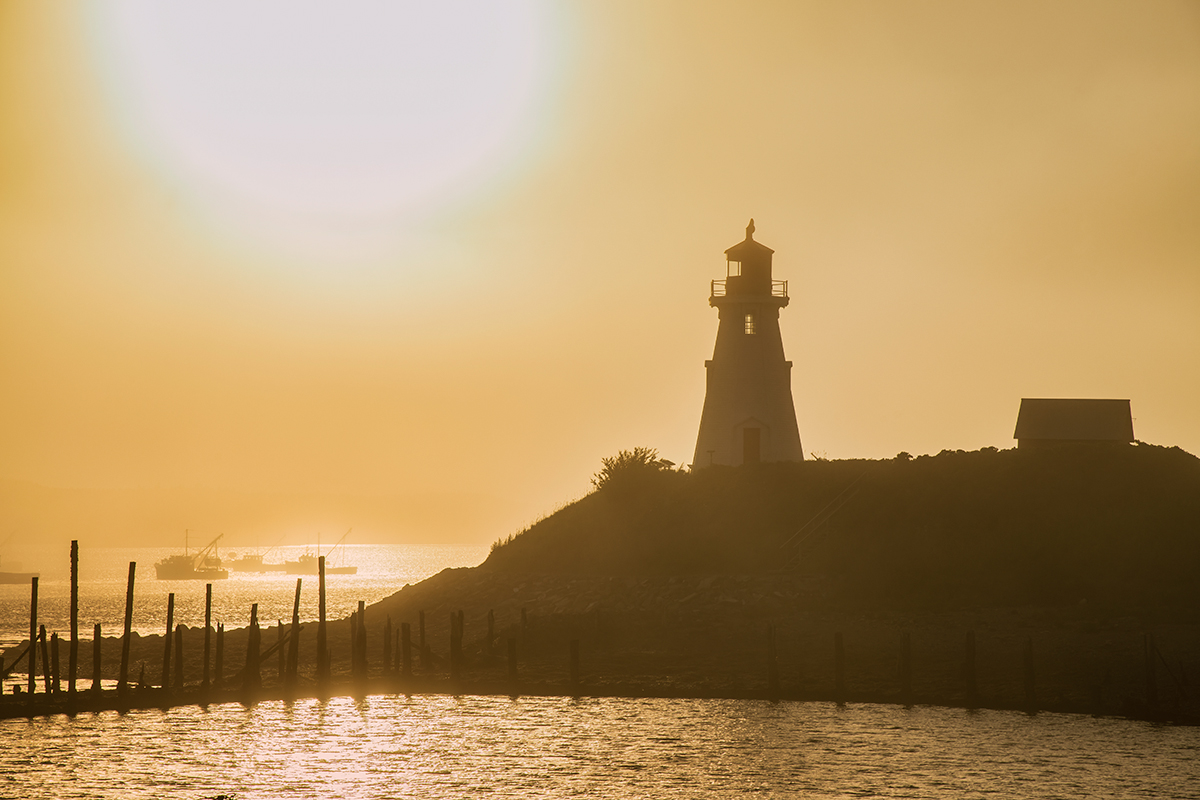
While Campobello has more accommodation options than Deer Island, places to stay aren’t plentiful, so it is best to book ahead in the busy summer season. We stayed at Friars Bay Inn & Cottages, centrally located and with a view of the beach and the Friars Head rock formation. If you’re camping, Herring Cove Provincial Park has a nice campground close to beaches, cliffs, and forest trails.
Back to the Mainland
We have two options to return to the New Brunswick mainland. One is to backtrack, taking the ferry to Deer Island, and then another ferry to L’Etete. While ferries are the only way to get to Campobello Island directly from other parts of New Brunswick, you can also take the FDR International Bridge which connects the island to the mainland of Maine, USA, just a kilometre away.
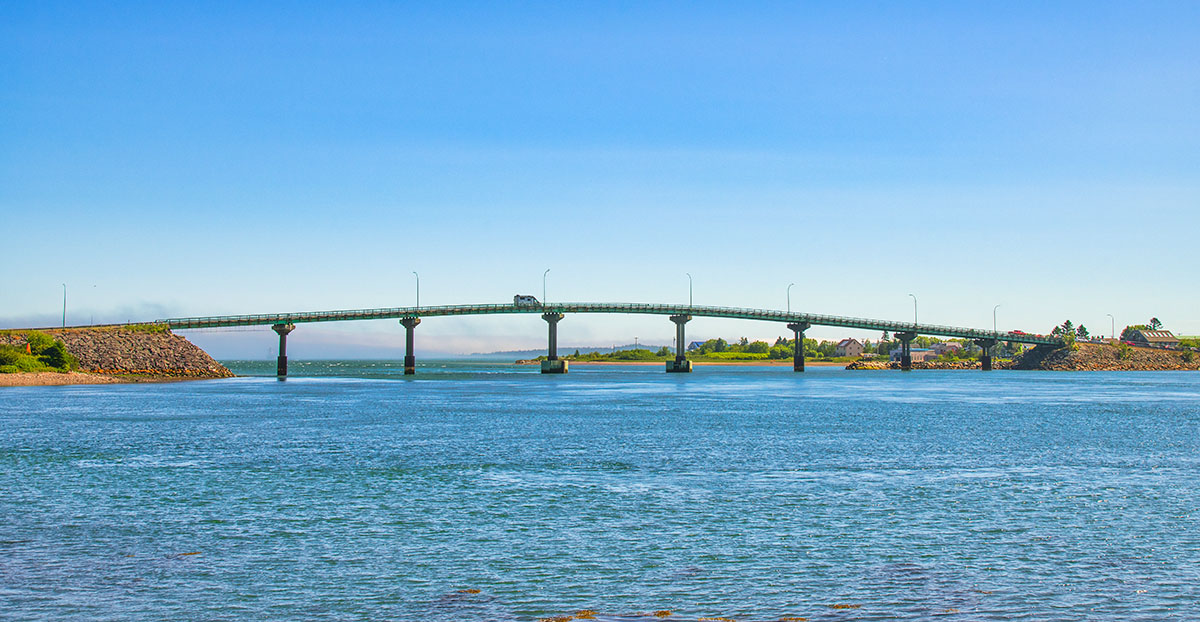
From there, it is a drive of about 1.5 hours to cross back into Canada at St. Stephen, New Brunswick. The advantage to this option is that we do a loop trip that takes us right to St. Stephen, known as Canada’s Chocolate Town, a worthy destination in its own right.
Resources
For more information on other attractions throughout New Brunswick visit Tourism New Brunswick.
Other articles on New Brunswick on Photojourneys that you might enjoy
- Photographing Puffins on Machias Seal Island
- Dulsing on New Brunswick’s Grand Manan Island
- Two outstanding Bed & Breakfasts in Fredericton
- King’s Landing – A Window to the Past
- Having a Sweet Time in St. Stephen, New Brunswick
- Covered bridges of New Brunswick
- Exploring Cape Enrage
- Saint John, New Brunswick is a Delightful Mix of History and Nature
- St. Martins and the Fundy Trail Parkway
- Minister’s Island – Driving Across the Ocean Floor in New Brunswick
- Kingsbrae Gardens near St. Andrews
- Visiting the Hopewell Rocks
SUBSCRIBE to Photojourneys below
Feel free to PIN this story for later
